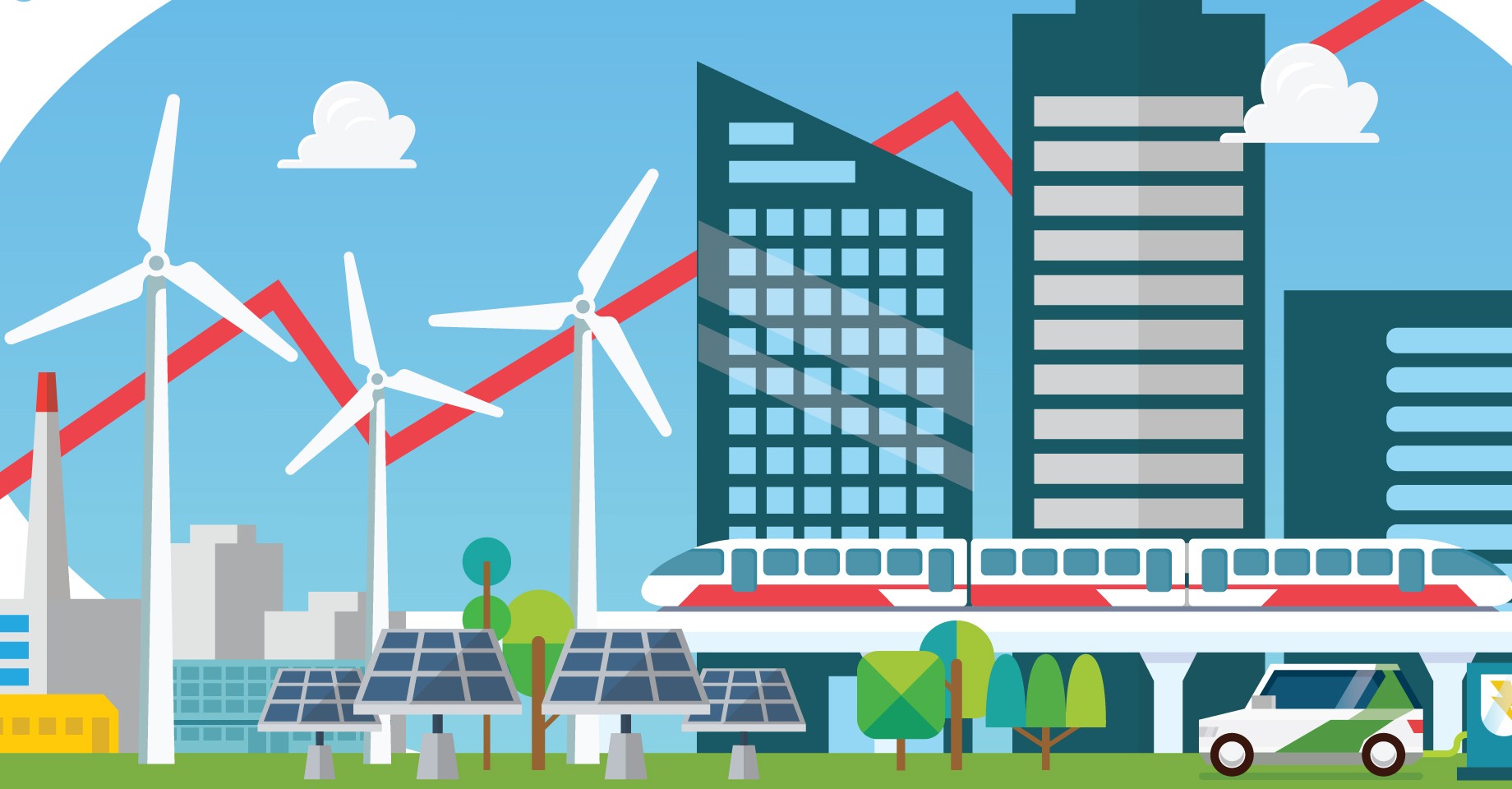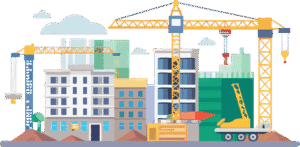Sustainability is transforming commercial real estate. Commercial properties are responsible for 40% of global emissions, and as climate change poses an increasing risk, real estate stakeholders are investing in solutions to preserve the returns and longevity of assets. As a result, sustainable development practices and Environmental, Social and Governance (ESG) initiatives have become the largest trends to sweep the industry in the last decade, with more than 80% of global investors and developers incorporating sustainability strategies into property investment to reduce the carbon footprint of development and operations. Technology is playing a key role in achieving that goal. Clean and green technology solutions are accelerating sustainability, efficiency and profitability of real estate investment.
Driving Sustainability
To meet sustainability expectations, real estate developers must construct a more efficient property from the ground up. Ultimately, this property will have a lower operational carbon footprint and operate more efficiently, but developers must also consider the embodied carbon footprint during construction. Embodied carbon refers to the carbon footprint of each individual material and process used to create the building, and to lower it, developers have a wealth of technology resources.
First, smart technology amplifies efficiency and reduces energy use on construction sites. Drones can deliver materials to construction sites, reducing carbon emissions and increasing efficiency compared to truck deliveries. Sensors and smart devices can turn off machinery and equipment whenever idle, to reduce consumption. The same sensors can also track energy usage on a construction site to keep better track of the project’s footprint.
In addition to smart technologies and automation, developers are also using big data to design more thoughtful and efficient properties based on local data like weather, traffic patterns and business activity. These data sets can also help create a roadmap for the construction project, optimizing schedules, delivery routes and logistics as well as identifying tools and materials necessary for the project (along with those that aren’t). Finally, 3D printing and virtual reality can incorporate this data to produce experiential models of the property that help to support more efficient planning and sustainable design.
Energy Efficiency
Beyond development, sustainability practices are also helping to make existing properties more efficient. Data science and modeling tools allow companies to track energy consumption and carbon output alongside other key metrics, like occupancy and location. The technology gives property owners deep insights into the energy performance of a property and opportunities to increase efficiency. In a recent survey from JLL, owners using these tools have jumped from 14% to 40% in the last three years, and 62% of property owners said that they plan to adopt clean technologies to track and manage energy consumption this year. “There’s now a mature market to address companies’ sustainability reporting and management needs and ensure they can comply with incoming public disclosure regulations,” explains Ramya Ravichandar, Vice President, Technology Platforms – Smart & Sustainable Buildings at JLL.
Management tools are only the beginning. Next, renewable energy sources, like solar power, and energy storage are helping to increase energy efficiency and lower operational costs. Energy storage can also help to stabilize utility energy grids and support other sustainable systems, like electric vehicle charging. Finally, smart building systems, which can include sensors that power building systems, automated HVAC and AI-powered windows are all helping to reduce carbon output and increase the energy efficiency of a property.
Supporting Profitability
Green building has an associated cost. The World Economic Forum estimates that it will take $5.2 trillion over the next decade to decarbonize the built world. Luckily, green properties also carry what has become known as a green premium. Properties with a green certification, like LEED, generate 6% higher rents and 7.8% higher values than similar buildings that do not carry a green certification. But, technology also plays a role in curbing the costs of green developments and creating more lucrative projects.
Category creators like Northspyre are pioneers in disrupting the typical financial management and workflow of complex real estate development. The program tracks and monitors budgets and spending, produces financial forecasts, automates invoices and organizes contracts. Valuable efficiencies are created by using such a technology program to manage a construction project, with Northspyre customers reporting that they decrease overages by up to 60%, reduce overall budgets by 6% and reduce up to 80% of administrative tasks. The financial benefits of this type of technology support profitability and curb associated costs of sustainable development, ensuring that developers meet all of their goals.
Sustainable building is the future of commercial real estate. By using technology tools to support sustainable building and operations, developers and investors can meet sustainability goals, enjoy a green premium and maximize project profitability. It’s one more reason why technology is an industry game-changer.



